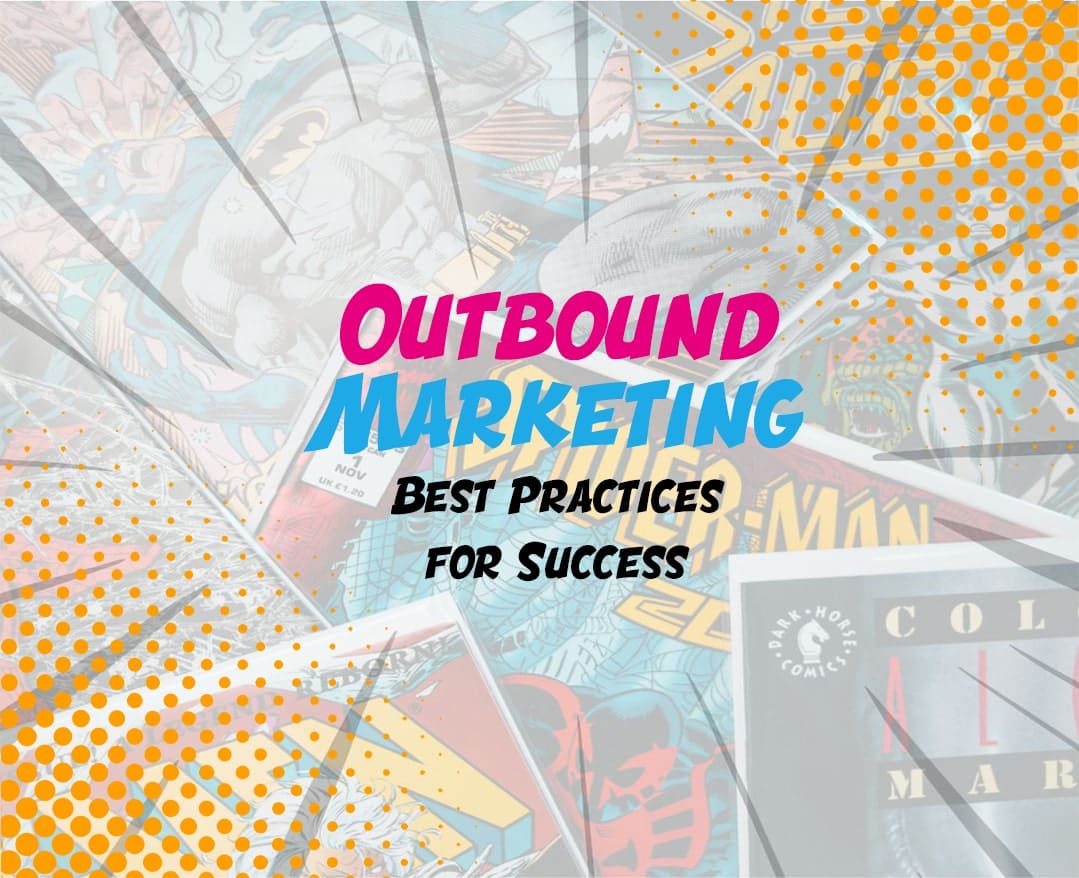
Mastering Outbound Marketing: Best Practices for Success
Outbound marketing, with its proactive approach to reaching and engaging potential customers, requires a strategic and well-executed plan for optimal results. As businesses navigate the landscape of outbound strategies, embracing best practices becomes essential. In this blog, we’ll delve into the key best practices that can elevate your outbound marketing efforts, drawing insights from the practices championed by Dorset Tech, a company dedicated to value for money and tailored solutions for small business owners.
1. Define Clear Objectives:
Before diving into outbound marketing initiatives, it’s crucial to define clear and measurable objectives. Understand what you aim to achieve – whether it’s increasing brand awareness, generating leads, or driving immediate sales. Clear objectives serve as the foundation for a focused and effective outbound strategy.
Example: Goal Setting for Cold Calling
If the objective is to generate leads through cold calling, set specific targets, such as the number of calls to be made, the percentage of successful connections, and the conversion rate from calls to leads.
2. Understand Your Audience Thoroughly:
A deep understanding of your target audience is fundamental to crafting outbound messages that resonate. Create detailed buyer personas, encompassing demographics, pain points, and communication preferences. Tailoring your messages to the unique needs and preferences of your audience enhances the effectiveness of your outbound campaigns.
Example: Segmentation in Email Marketing
In email marketing, segment your audience based on criteria such as location, purchasing behaviour, or engagement history. This segmentation allows for personalized and targeted email campaigns, increasing relevance and engagement.
3. Choose the Right Outbound Methods:
Different businesses and industries may find success with different outbound methods. Choose methods that align with your objectives and resonate with your audience. Whether it’s cold calling, email marketing, direct mail, or a combination of methods, strategic selection is key.
Example: Tailoring Methods to Business Type
For a service-oriented business, cold calling might be an effective method for direct communication. On the other hand, a visually oriented business might benefit more from direct mail campaigns showcasing creative designs.
4. Craft Compelling and Value-Driven Messages:
Your outbound messages should cut through the noise and provide tangible value to your audience. Clearly articulate the benefits of your product or service and how it addresses the needs of your audience. Strive for concise and compelling messaging that captures attention.
Example: Value Proposition in Direct Mail
In direct mail campaigns, the value proposition should be evident from the moment the recipient opens the package. Creative designs, personalized content, and a clear call to action contribute to the overall value of the message.
5. Implement a Content Calendar:
Organize and schedule your outbound activities with a well-structured content calendar. Timing is crucial in outbound marketing, and a calendar ensures that your messages are timely, relevant, and aligned with broader marketing initiatives.
Example: Timing in SMS Marketing
In SMS marketing, consider the timing of your messages to maximize engagement. Avoid sending messages during hours when recipients are less likely to be receptive and tailor your timing based on the characteristics of your audience.
6. Allocate Resources Wisely:
Determine the budget and resources required to execute your outbound plan effectively. Allocate resources based on the priorities and potential returns of each outbound method. Efficient resource allocation ensures that your outbound campaigns are cost-effective and impactful.
Example: Budget Allocation for Email Marketing
Allocate budget resources to design visually appealing and responsive email campaigns. Investing in a user-friendly email marketing platform can enhance the efficiency and effectiveness of your email campaigns.
7. Implement Tracking and Analytics:
Integrate robust tracking and analytics systems to measure the performance of your outbound campaigns. Key performance indicators (KPIs) such as conversion rates, open rates, and response rates provide valuable insights for refining and optimizing your strategies.
Example: Analyzing Cold Calling Performance
For cold calling, track metrics such as call connection rates and conversion rates. Analyzing these metrics helps identify trends, successes, and areas for improvement, enabling continual refinement of your cold-calling strategy.
In conclusion, mastering outbound marketing involves a combination of strategic planning, audience understanding, and effective execution. These best practices, inspired by Dorset Tech’s commitment to value for money and personalized solutions, provide a roadmap for success in outbound marketing endeavours. By defining clear objectives, understanding your audience, choosing the right methods, crafting compelling messages, implementing a content calendar, allocating resources wisely, and implementing robust tracking, businesses can unlock the full potential of their outbound strategies, driving meaningful engagement and sustainable growth.





















